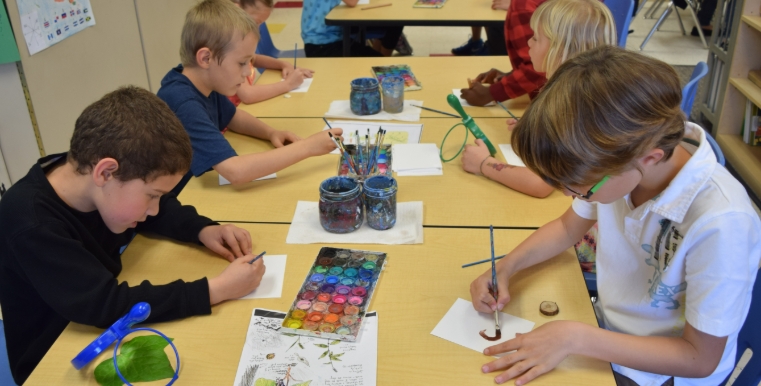Unlock Your Creative Potential: The Benefits of Drawing for Elementary Students
Drawing is a powerful tool for unlocking creativity in elementary students. It allows them to express themselves in a visual way and can help improve their cognitive skills, problem-solving abilities, and emotional intelligence. Here are some of the key benefits of incorporating drawing into the curriculum for young learners.
Enhances Fine Motor Skills
Drawing requires precision and control of small muscle movements, which helps to improve fine motor skills in elementary students. By practicing drawing regularly, students can strengthen their hand-eye coordination and develop the dexterity needed for tasks like writing and typing.
Boosts Creativity and Imagination
Drawing encourages children to think outside the box and explore their creativity. It allows them to express their ideas, thoughts, and emotions in a visual way, fostering imagination and innovation. By drawing regularly, students can expand their creative thinking skills and come up with unique solutions to problems.
Improves Concentration and Focus
Drawing requires concentration and focus, as students must pay attention to detail and stay engaged in the task at hand. By practicing drawing, students can improve their ability to concentrate for extended periods of time, which can benefit them in other areas of their academic and personal lives.
Fosters Self-Expression and Communication
Drawing is a form of nonverbal communication that allows students to express themselves in a visual way. It can be a powerful tool for helping children communicate their thoughts and feelings, especially when they may have difficulty expressing themselves verbally. Drawing can also help students develop empathy and understanding for others by interpreting and responding to visual cues.
Promotes Problem-Solving Skills
Drawing challenges students to think creatively and solve visual problems, such as how to represent an object or convey a specific idea. By practicing drawing, students can hone their problem-solving skills and learn to approach challenges in a systematic and creative way.
In conclusion, drawing is a valuable activity for elementary students that can help unlock their creative potential and enhance their cognitive, emotional, and social development. By incorporating drawing into the curriculum, educators can provide students with a powerful tool for self-expression, communication, creativity, and problem-solving.

